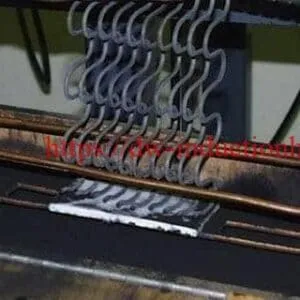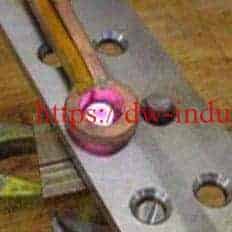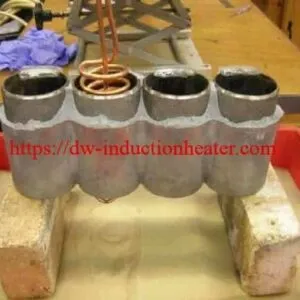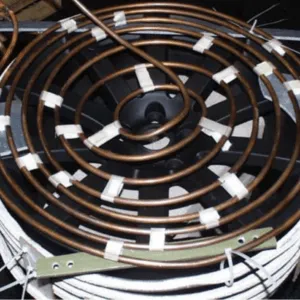-
1/5
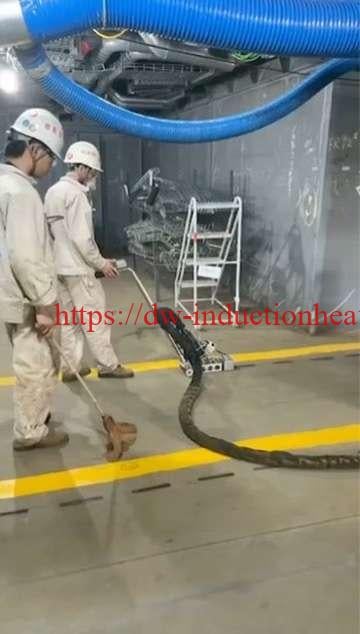
-
2/5

-
3/5
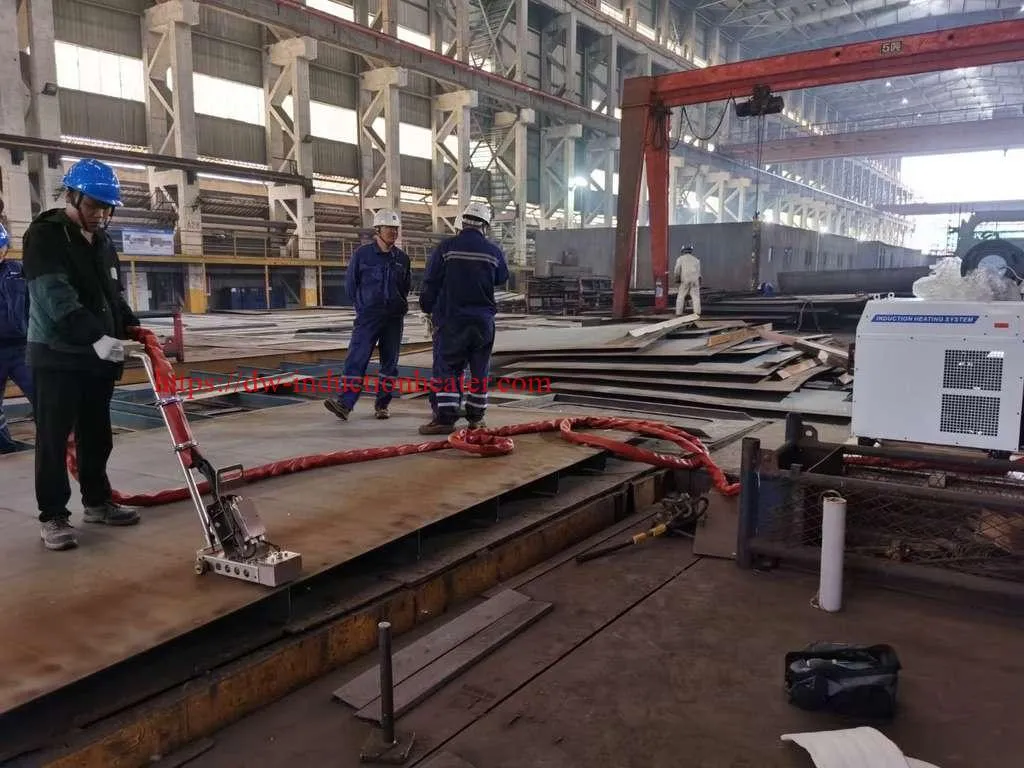
-
4/5

Induction Straightening in the Shipbuilding and Marine Industry
Induction Straightening in the Shipbuilding and Marine Industry: A Complete Guide to Precision and Efficiency
The shipbuilding and marine industry continually pioneers advanced methodologies that enhance productivity, precision, and sustainability. Among these innovations, induction straightening stands out as a transformative solution for rectifying distortions in metal structures, particularly ship decks and hulls. As vessels grow in size and complexity, the need for efficient, cost-effective, and non-destructive straightening techniques has never been greater. This guide provides a comprehensive dive into the world of induction straightening, exploring its applications, benefits, and impact within the marine industry.
Table of Contents
Introduction to Induction Straightening in Shipbuilding
The Science Behind Induction Heating
Challenges in Shipbuilding Addressed by Induction Straightening
Why Induction Straightening Is a Game-Changer
Key Advantages Over Traditional Straightening Methods
Environmental and Cost Benefits
The Role of Induction Heating Technology
Understanding the Process Mechanism
Key Equipment Used in Induction Straightening
Applications of Induction Straightening in Marine Construction
Repairing Superstructure and Deck Warping
Custom Structural Modifications
Step-by-Step Process of Induction Straightening
Comparison of Induction Straightening vs. Flame Straightening
Challenges in Induction Straightening
Material Constraints and Limitations
Requirements for Skilled Technicians
Future of Induction Straightening in Marine and Shipbuilding Industries
Technological Advancements on the Horizon
AI-Driven Monitoring and Control
Frequently Asked Questions (FAQs)
Conclusion: Why Induction Straightening is the Way Forward for Shipbuilding
Introduction to Induction Straightening in Shipbuilding
Induction straightening is an advanced non-contact heating method that reshapes metal components by leveraging the thermal expansion and contraction properties of materials. In the shipbuilding and marine industry, where vast steel panels are the norm, distortions caused by welding, heavy loading, or environmental conditions can jeopardize structural integrity and performance. This is where induction straightening plays its pivotal role.
The Science Behind Induction Heating
Induction heating generates heat within a material by employing electromagnetic induction. By inducing eddy currents within conductive metals, heat is generated precisely where required, enabling localized thermal expansion. When the material cools, the contraction counters previous distortions, effectively restoring the desired structural alignment.
The technology leaves no mechanical stress on the surface and ensures uniform heat distribution, setting it apart from traditional flame straightening alternatives.
Challenges in Shipbuilding Addressed by Induction Straightening
Shipbuilding processes routinely involve heavy steel plating and intricate alignments. Welding-induced warping and other distortions can lead to significant repair costs, delays, and structural vulnerabilities. Induction straightening not only resolves these challenges promptly but ensures that dimensional accuracy standards are met for critical ship components.
Why Induction Straightening Is a Game-Changer
Key Advantages Over Traditional Straightening Methods
Traditional flame straightening techniques depend on gas-fired torches to uniformly heat metal areas. While this method is still in use, it comes with limitations such as:
- Uneven heat application, risking material fatigue.
- Prolonged repair time and increased labor dependency.
- Potential environmental concerns due to high emissions.
Induction straightening offers the following benefits:
- Precision Heating: Induction straightening targets small, precise sections, reducing the risk of over or under-heating.
- Time Efficiency: The process is significantly faster than manual methods like flame heating or jack hammering.
- Material Preservation: Induction straightening minimizes residual stresses, maintaining the material’s mechanical properties.
- Enhanced Safety: Unlike flames, the induction process eliminates the danger of open fire hazards.
Environmental and Cost Benefits
- Energy Efficiency: Induction technology consumes less energy compared to flame straightening equipment, resulting in reduced operating expenses.
- Reduced Emissions: By minimizing reliance on fuel-based processes, induction straightening supports environmentally responsible ship construction practices.
- Long-Term Savings: Faster repair times translate to less downtime for vessels, saving shipowners significant costs.
The Role of Induction Heating Technology
Understanding the Process Mechanism
Induction heating involves placing an induction coil near the steel surface. When a high-frequency electromagnetic current is passed through the coil, eddy currents form on the metal surface, heating it to a targeted temperature range. This heat alters the material’s structure, rectifying distortions caused by earlier thermal or mechanical inconsistencies.
Key Equipment Used in Induction Straightening
- Induction Coils: These determine the heat pattern and area of focus.
- Power Generators: Provide controlled electric currents for precision heating.
- Temperature Monitoring Devices: Ensure the optimal thermal range is maintained.
- Robotic Delivery Systems: In some advanced settings, induction straightening incorporates automation for higher efficiency.
Applications of Induction Straightening in Marine Construction
Correcting Hull Distortions
Hull panels often deform due to heat-induced stress during welding and assembly. Induction straightening ensures that the curvature and strength of hull plating remain intact without requiring replacements or tedious manual repairs.
Repairing Superstructure and Deck Warping
Deck surfaces and superstructures, essential for ship operations, can experience misalignment due to environmental exposure or load-bearing stress. Induction straightening allows for localized repairs, minimizing downtime and workforce requirements.
Custom Structural Modifications
Ship designs often necessitate on-the-fly modifications. Induction straightening offers the flexibility to adjust intricate frameworks to meet individual project specifications efficiently.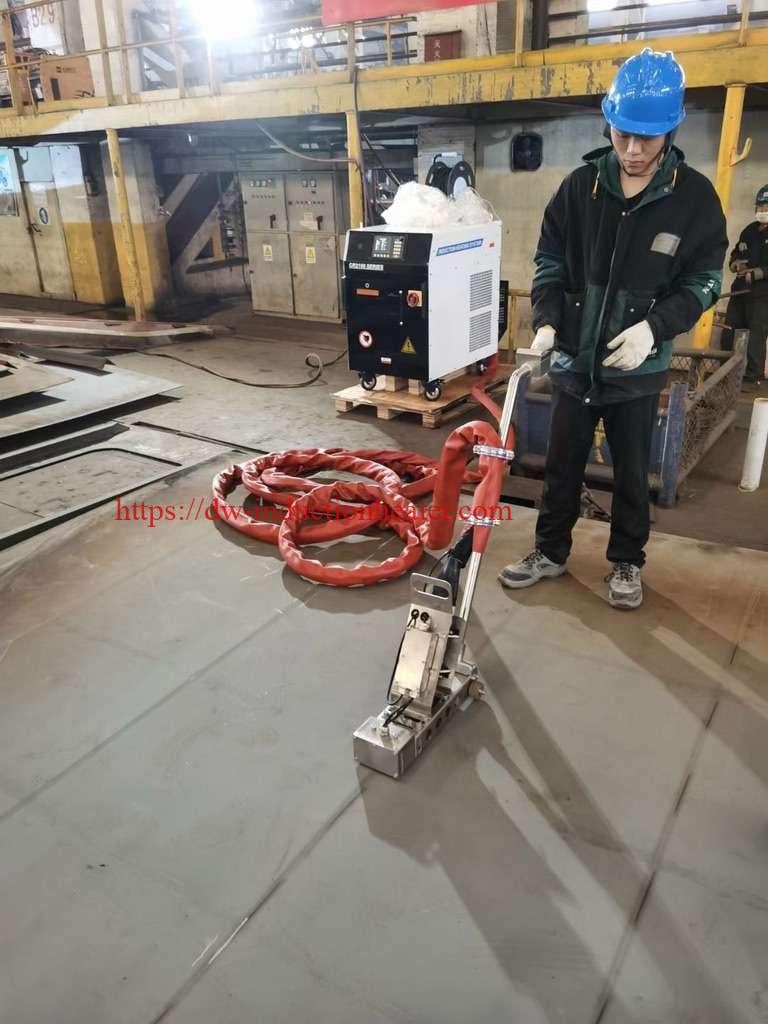
Step-by-Step Process of Induction Straightening
- Initial Assessment: The affected area undergoes detailed analysis, identifying distortion patterns and material specifications.
- Setting Optimal Heating Parameters: The operator adjusts induction equipment to meet the unique heat tolerance of the metal alloy.
- Targeted Heating Application: Heat is applied in localized zones to maximize structural adjustments with minimal energy use.
- Controlled Cooling: As the metal cools, the temperature-induced contraction restores the structure to its desired state.
- Validation and Testing: Post-correction inspections ensure that no micro-defects or irregularities were introduced.
Comparison of Induction Straightening vs. Flame Straightening
When comparing induction straightening with the traditional flame technique, industry consensus clearly favors the former.
| Criteria | Induction Straightening | Flame Straightening |
| Precision | High | Medium |
| Processing Speed | Faster | Slower |
| Energy Consumption | Lower | Higher |
| Material Integrity | Preserved | Often Compromised |
| Environmental Impact | Minimal | Significant Emissions |
Challenges in Induction Straightening
Material Constraints and Limitations
While induction straightening is effective across most metals used in shipbuilding, its efficiency may diminish for non-ferrous or highly composite materials. Understanding base material behavior is crucial for successful application.
Requirements for Skilled Technicians
Precision demands expertise. Technicians must understand induction equipment operation, metal properties, and thermal dynamics to achieve desired outcomes without introducing additional stress or errors.
Future of Induction Straightening in Marine and Shipbuilding Industries
Technological Advancements on the Horizon
Looking ahead, the integration of IoT-enabled sensors, advanced software simulation, and robotic precision heating is set to revolutionize the future of induction straightening. AI-driven systems can analyze heat distortion patterns in real-time, ensuring unparalleled accuracy in repairs and modifications.
AI-Driven Monitoring and Control
Artificial Intelligence is already paving the path for predictive maintenance in the shipbuilding industry. Induction straightening processes powered by machine learning algorithms will predict potential distortion zones and automate correction procedures ahead of time.
Frequently Asked Questions (FAQs)
Q1: What metals are suitable for induction straightening?
Induction straightening is commonly used on carbon steels, high-strength low-alloy steels, and certain stainless steels—materials heavily featured in ship construction.
Q2: Can induction straightening weaken structural integrity over time?
No. Unlike flame straightening, induction heating preserves material properties, ensuring minimal thermal fatigue and no reduction in load-bearing capacity.
Q3: How long does induction straightening take compared to traditional techniques?
The process is significantly faster, often completing in hours compared to days of traditional methods.
Q4: Is induction straightening environmentally friendly?
Yes. It is energy-efficient and does not emit harmful gases, making it far more environmentally sustainable than traditional flame straightening.
Q5: Can induction straightening be used for non-marine applications?
Absolutely. The technology is also widely applied in automotive, construction, and aerospace industries for structural repairs and modifications.
Conclusion: Why Induction Straightening is the Way Forward for Shipbuilding
In the shipbuilding and marine industry, induction straightening has established itself as the preferred option for repairing and modifying metal components. Its precision, efficiency, and environmentally sustainable nature make it indispensable for modern marine construction. As technology continues to evolve, we are poised to see further integration of automation, AI, and advanced materials in induction processes, securing its role as a pillar of innovation in ship repair and construction for decades to come.
INDUCTION STRAIGHTENING IN THE SHIPBUILDING AND MARINE INDUSTRY

